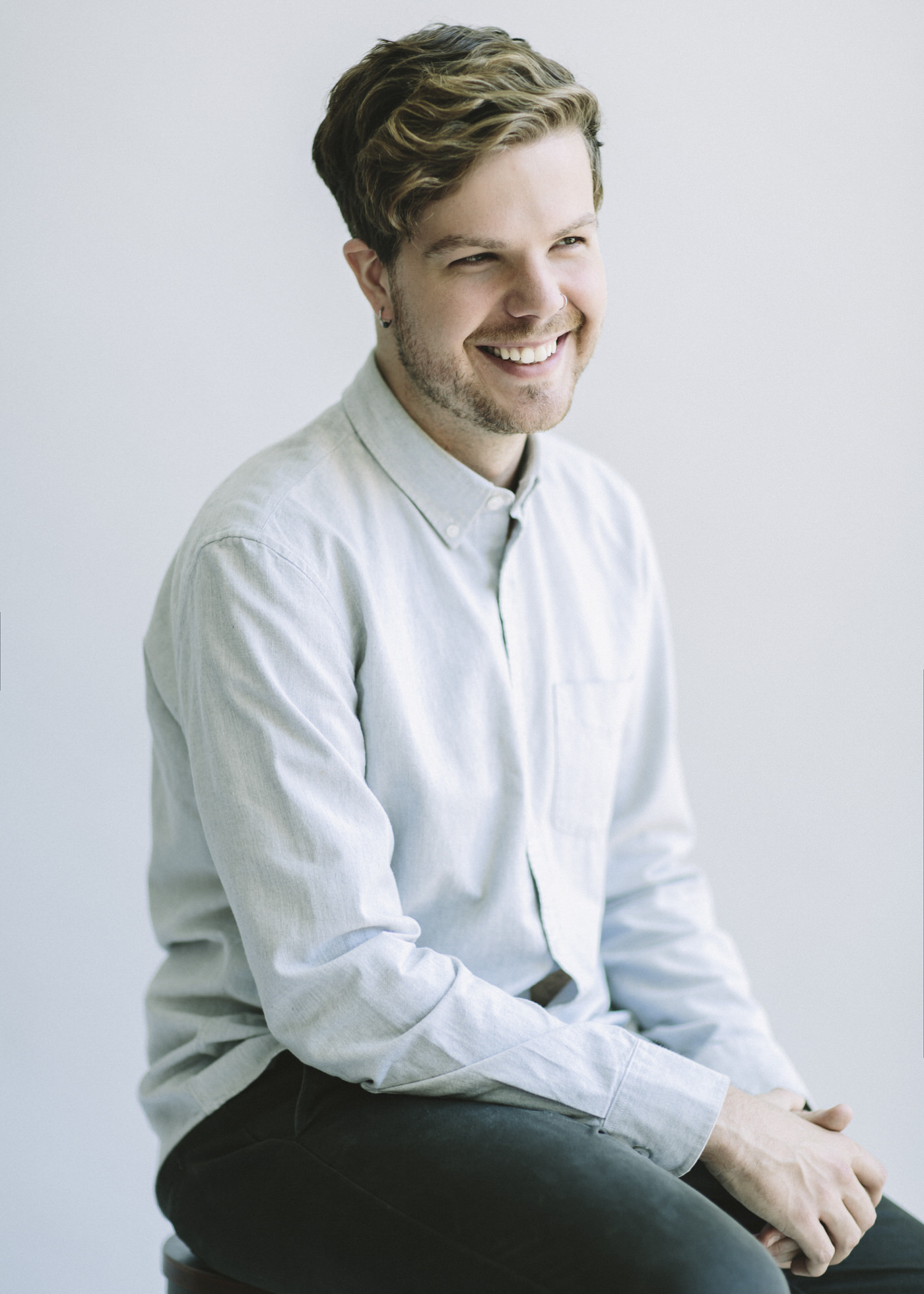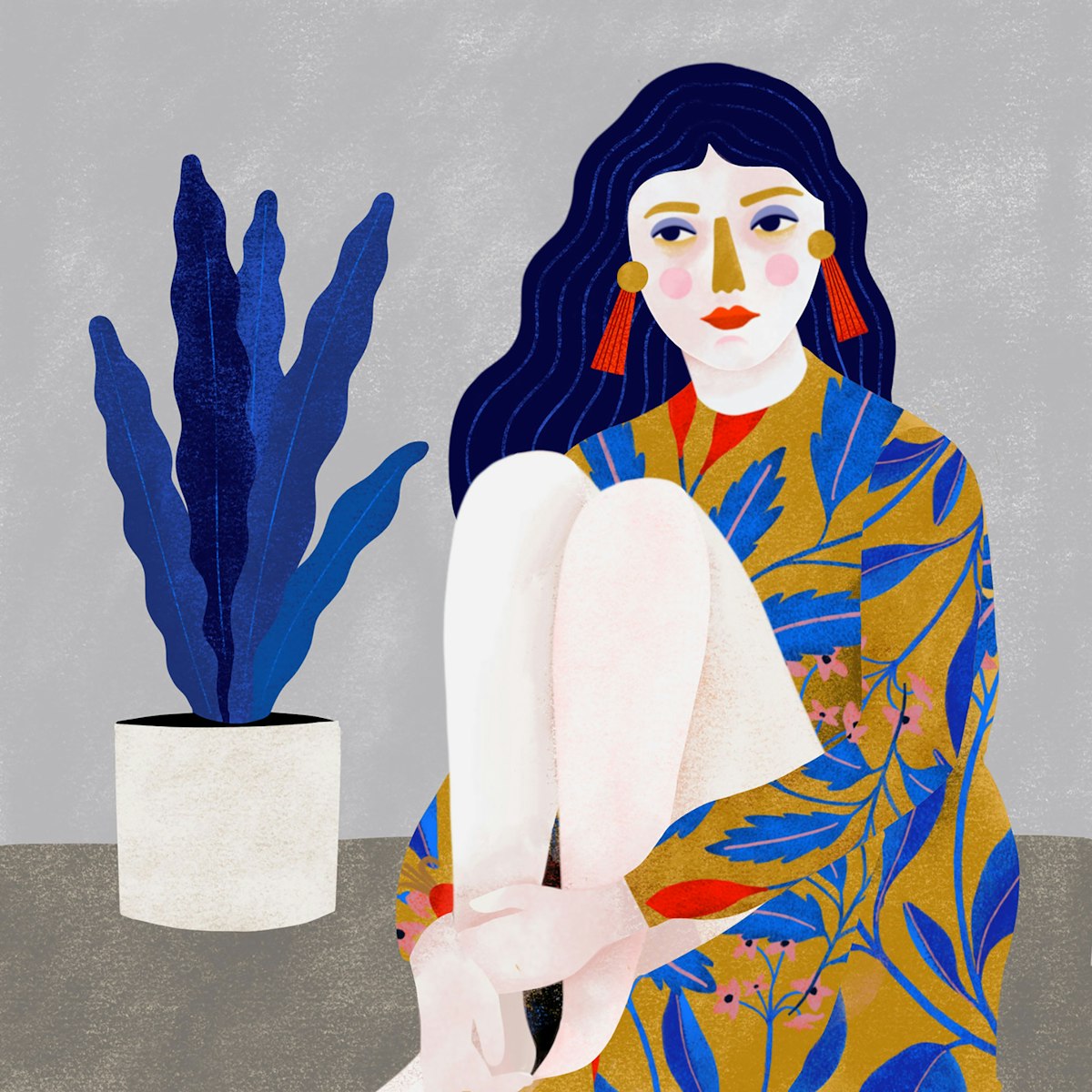Illustration by Carmi Grau
It’s easier said than done to name a creative ambition and hone a certain amount of mastery to make that passion into a career. Today, endless options and tools seem to support choosing a new road once it is left to be desired, but what is that risk of changing your mind really like? Of changing your life?
When years of illustration and typography had run their course, burnout crept in for Drew Melton. But by starting to represent other artists, he recommitted to what drew him to the creative profession in the first place: the process of making the dream real. I asked him what it’s like to now head up Closer&Closer, an artist representation agency and production studio based in Los Angeles.
Tell us a bit about the work you do as an agency and production studio.
We help our artists find projects by promoting and sharing their work with people at agencies, brands and publishers. We manage inquiries, contracts, invoices and payments for our artists and make sure that projects run smoothly from start to finish. On larger projects we provide additional production support as needed.
What was it like deciding to leave designing and illustrating to own a business that represents other artists?
It was a big shift in identity. I had built my entire sense of self-worth around my ability to create great lettering by hand. When we had a carbon monoxide leak, I developed a bad tremor that prohibited me from pursuing it the way I had.
 Illustration by Carmi Grau
Illustration by Carmi Grau
I’m a Type-A person, so whenever I do something I want to be the best. When I couldn’t do that I started to get really depressed. I lost a lot of self-confidence. However, my physical issues weren’t really the problem. The problem really was that I wasn’t enjoying the work at all. I was great at working hard and getting projects. But I didn’t actually enjoy doing the illustration part of my job. If you’re going to be an illustrator, that should be your favorite part of the job.
I noticed that I enjoyed working with clients, building relationships, and negotiating projects far more than creating the artwork. I still remember the day I told my coach, Jon Roberts, that I didn’t like making art. I couldn’t believe how hard it was.
I still remember talking to other illustrators who told me they were disappointed that I was just going to walk way – but I knew I had a different calling.
I didn’t fully know what it was but I knew I was good at building relationships and business. I decided to blend my natural abilities with my background in art. Best decision I ever made.
 Illustration by Nanna Prieler
Illustration by Nanna Prieler
What are you most proud of about your current work?
I love building relationships with people. I talk with each artist at least once a quarter. I even do monthly coaching sessions with a number of them.
Nothing makes me happier than getting to be a part of these people’s lives and success in a meaningful way.
I also love getting to know our clients. We are so lucky to be working with great people. It’s awesome.
It’s been about two years since you opened Closer&Closer. What’s one of the biggest lessons you’ve learned so far?
Start small, be consistent, and tweak constantly. As an artist I am an idealist. I love dreaming big. But big dreams and ideas can be overwhelming. People think having big dreams or ideas is important. I actually believe that great achievements are made up of lots of small actions — each action may not be extraordinary but when you add them together you get something amazing.
Two and a half years into this business I’ve come to appreciate the power of consistency over time. We are working with clients and artists I only dreamed of working with a few years ago. Some of these relationships have come from my drive. But my proudest accomplishments have come from showing up day in and day out and doing the work. Constantly tweaking, improving, and learning from experience.
 Illustration by Monique Aimee
Illustration by Monique Aimee
You mentioned in an interview with VoyageLA that 2017 held, “a million mistakes and [you] changed directions a dozen times.” Which of the paths that you considered during that time feels the most foreign now?
Being an illustrator.
How do you define burnout? How do you notice it creeping in?
Burnout is the excessive desire for more without the satisfaction of achievement. When I find myself working compulsively long after “closing time” on things that can wait, I have to be honest with myself about what’s driving me. It’s not the need to work. It’s a compulsion.
It’s a fear of stopping that keeps me busy.
-ac8a94.jpg) Illustration by Josefina Schargorodsky
Illustration by Josefina Schargorodsky
How do you guide your artists to steer clear of burnout and maintain a sustainable career path?
I tell them to say no when they’re at capacity. There will be more projects.
For artists who haven’t seriously considered finding an agent, what advice would you give them on when and how to approach it?
Talk to as many agents as you can and learn the landscape. There are no rules for how an agency is run, so you really want to find one that you resonate with. Once you find an agency you like, go all in and invest in the partnership. I talk to so many artists who think an agent is going to make up for all of the work they aren’t getting. That’s not how it works.
If you have a good agent they should be sharing your work with people as often as possible, but it’s up to you as an illustrator to create art that people want to pay for.
Artists ask me how they can ensure that their career won’t stagnate. I don’t have an answer for that yet, but the formula I give them is to 1. Be exceptional (or choose something you can be exceptional at) and 2. Never stop learning, growing, and producing work. If you can do those two things, your agent will be better equipped to open big doors for you.
 Drew Melton of Closer&Closer
Drew Melton of Closer&Closer
How do you decide when and who to take on as artists?
We look at new artists every six months (we just finished interviewing almost a dozen potential artists) and then we choose who we want to move forward with. We’ll decide to look for new artists if someone leaves the roster or if we notice an opportunity in the market. For instance, we’ve noticed a lot of demand for 3D illustrators so we’re working hard to bring on more illustrators with that skill set.
What is your vision for the future of Closer&Closer in the next few years?
We want to be a company that expands what artists believe is possible for their careers. As we grow, the most important thing we are talking about is how we can maintain our values.
One of the things that makes us really special is that we prioritize relationship. I am proactive about scheduling monthly or quarterly meetings with all the artists. I believe this has helped us reduce turnover and build trust — especially when we proactively reach out to artists who may not be getting many projects. We are happy to talk about what is and isn’t working to see how we can help them. As we scale, we want to be able to maintain this feature of the business on some level.
In more concrete terms, my goal right now is to continue building the foundations for an agency that sticks around for years to come. We know that there will be turbulence in the economy in the near future. I’ll be proud if we build something that can ride the economic storms and come out stronger on the other side.
Images courtesy of Closer&Closer
